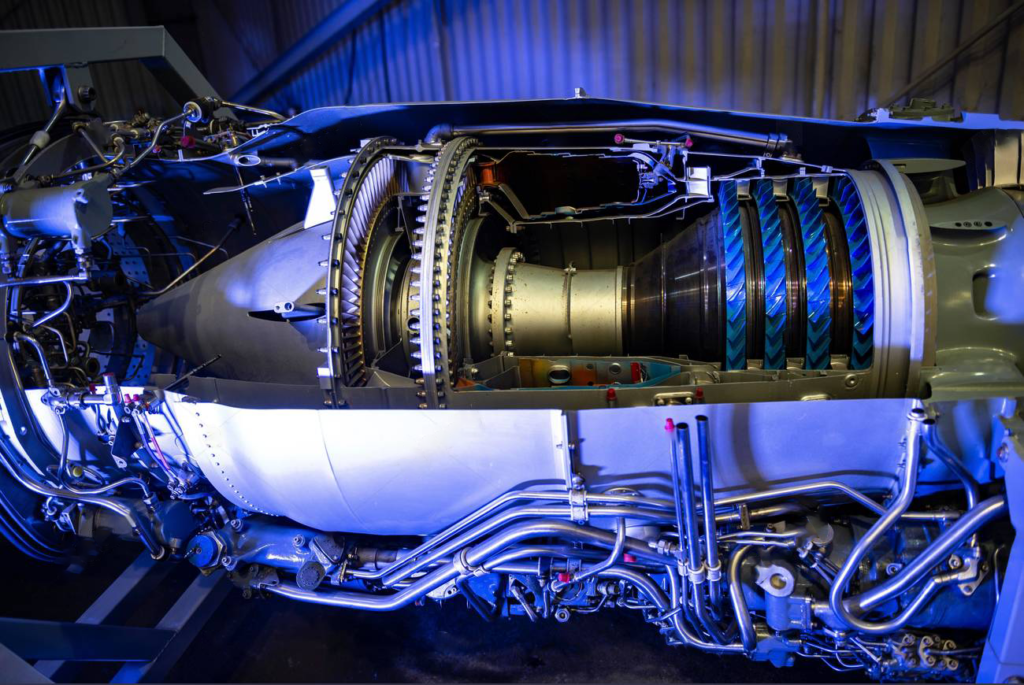Hastelloy® C-276

Material Data Sheet
Hastelloy® C276 alloy is a nickel-molybdenum-chromium wrought alloy that is a versatile corrosion-resistant alloy. C-276 alloy is an improved wrought version of alloy C in that it usually doesn’t need to be solution heat-treated after welding and has vastly improved fabricability. This alloy resists the formation of grain-boundary precipitates in the weld heat-affected zone, thus making it suitable for most chemical process applications in the as-welded condition. However, in environments where the attack of the C-276 alloy weld joint is experienced. C-22® weld filler materials should be considered. C-276 alloy has excellent resistance to localized corrosion and to both oxidizing and reducing media. Because of its versatility, C-276 alloy can be used where “upset” conditions are likely to occur or in multipurpose plants.
Hastelloy C-276 alloy excellent resistance to a wide variety of chemical process environments, including strong oxidizers such as ferric and cupric chlorides, hot contaminated media (organic and inorganic), chlorine, formic and acetic acids, acetic anhydride, and seawater and brine solutions. It is used in flue gas desulfurizations systems because of its excellent resistance to sulfur compounds and chloride ions encountered in most scrubbers. C-276 alloy has excellent resistance to pitting and to stress- corrosion cracking. It is also one of the few materials that withstand the corrosive effects of wet chlorine gas, hypochlorite, and chlorine dioxide.
Hastelloy C-276 alloy can be forged, hot-upset and impact extruded. Although the alloy tends to work-harden, it can be successfully deep-drawn, spun, press formed, or punched. All of the common methods of welding can be used to weld Hastelloy C-276 alloy, although the oxyacetylene process is not recommended. Special precautions should be taken to avoid excessive heat input.
| Element | Content (%) |
|---|---|
| Nickel, Ni | 57.0 |
| Molybdenum, Mo | 16.0 |
| Chromium, Cr | 15.0 |
| Iron, Fe | 5.5 |
| Tungsten, W | 3.75 |
| Cobalt, Co | 4.5 |
| Manganese, Mn | 1.0 |
| Vandium, V | 0.35 |
| Silicon, Si | 0.08 |
| Phosphorous, P | 0.025 |
| Carbon, C | 0.01 |
| Sulfur, S | 0.01 |
| Properties | Metric | Imperial |
|---|---|---|
| Density | 8.89 g/cm³ | 0.321 lb/in³ |
| Melting Point | 1371°C | 2500°F |
| Properties | Metric | Imperial |
|---|---|---|
| Tensile Strength | 601.2 MPa | 87200 psi |
| Yield Strength | 204.8 MPa | 29700 psi |
| Elastic Modulus | 205 GPa | 29700 ksi |
| Elongation at Break | 56% | 56% |
- ASTM B366
- ASTM B574
- ASTM B622
- ASTM F467
- ASTM B575
- ASTM B626
- ASTM B619
- ASTM F468

- Stack Liners
- Stack Gas Reheaters
- Heat Exchangers
- Reaction Vessels
- Evaporator
- Transfer Piping



